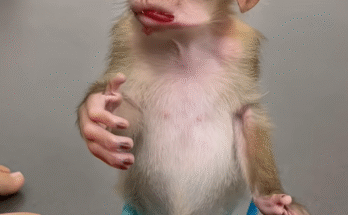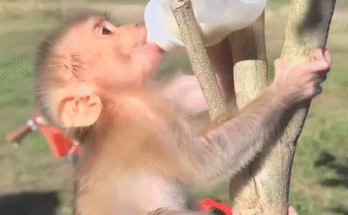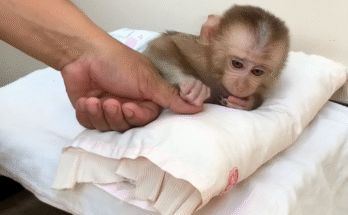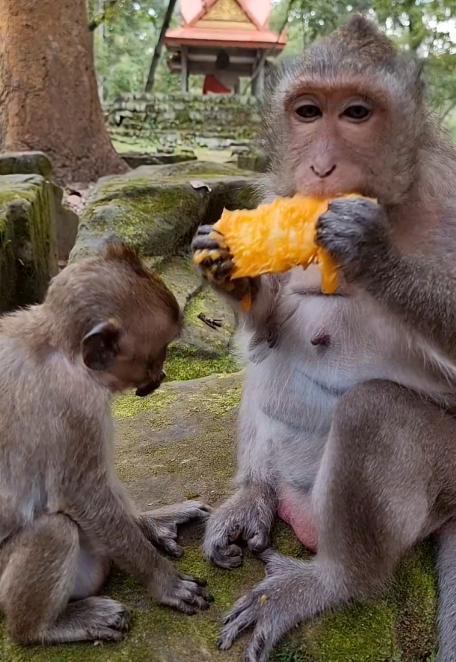
There’s something magical about mornings on the little farm where I had been staying for a week. The sun was just beginning to rise, spilling soft golden light over the fields, and the air was crisp with the earthy scent of fresh grass. But what really made those mornings unforgettable were the animals—especially the baby animals. Tiny, fluffy, and full of energy, they transformed the simplest task of feeding into a joyful, chaotic adventure.
I stepped out of the small farmhouse with a basket of fresh fruits, vegetables, and handfuls of grains. From a distance, I could hear the excited squeaks, chirps, and bleats of my tiny audience. It was feeding time, and the baby animals knew it.
The first to greet me were the ducklings, a tiny yellow fluffball army that waddled toward me as fast as their little legs could carry them. I knelt on the ground and sprinkled some grains in front of them. Immediately, they began pecking enthusiastically, their little beaks nipping at the tiny bits of food. One particularly bold duckling decided that my shoelaces were more interesting than the grains and tried to nibble at them, squeaking indignantly whenever I gently pulled my foot away. I laughed, amazed at how fearless these tiny creatures were.
Next came the baby goats, prancing excitedly with their tiny hooves tapping the ground like little drumbeats. They were still learning their coordination, so when they tried to jump for the food, they often stumbled and tumbled into each other, creating a soft, giggling chaos. One little goat, with a patch of brown over one eye, managed to grab a carrot from my hand, then froze, holding it triumphantly as if it had won a great battle. I offered him another carrot, and he squeaked in delight, hopping in a tiny circle before munching happily.
The piglets were next, and they were the messiest of the bunch. Tiny pink snouts pressed against my hands, sniffing and nudging every morsel I offered. One particularly greedy piglet tried to grab two pieces of food at once, tripping over his own feet in the process. The moment he hit the ground, a tiny squeal escaped him, and yet he immediately scrambled back up to try again. It was impossible not to laugh at the sheer determination and ridiculous enthusiasm of these little animals.
Then came my favorite part: the baby rabbits. Soft, delicate, and shy, they approached cautiously, twitching their noses and hopping gently around my feet. I held out small bits of leafy greens, and they nibbled carefully, their tiny teeth barely visible. One baby rabbit, smaller than the rest, hesitated and then, with the tiniest squeak, climbed onto my knee to reach the food. I had to be extremely careful not to scare him, but the trust he showed melted my heart instantly.

Just as I was settling into the rhythm of feeding, a rustling in the bushes signaled the arrival of the baby chicks. Tiny, fluffy yellow balls of energy, they scattered everywhere as soon as I threw some grain on the ground. Their chirps were high-pitched and insistent, like a chorus demanding attention. One little chick, bolder than the rest, tried to climb onto my shoulder, slipping halfway and flapping its tiny wings in panic. I held it gently, letting it regain its balance, and it immediately began pecking at the food in my hand, as if thanking me for the rescue.
It wasn’t long before the baby lambs joined the gathering. Their soft woolly bodies bounced as they ran, kicking up dust, and their tiny bleats filled the air like music. One lamb, curious and fearless, nudged its head under my arm, trying to reach the pile of vegetables I was holding. I laughed, bending down to make sure he didn’t knock over the food, and offered him a leaf of lettuce. He sniffed it, then devoured it eagerly, hopping around like he had just performed a spectacular trick.
All around me, the scene was chaotic yet perfect. Ducklings waddled underfoot, piglets nudged and squealed, baby goats pranced, rabbits hopped gently, chicks flapped and chirped, and lambs bounced in soft little arcs. Feeding these tiny animals was more than just giving them food—it was a dance, a game, and a lesson in patience all rolled into one.
I noticed how each species had its own personality. The ducklings were fearless and curious, always ready to explore anything nearby. The baby goats were energetic and mischievous, full of tiny jumps and playful nudges. Piglets were persistent and greedy but impossibly adorable. Rabbits were gentle and cautious, requiring trust and careful movements. Chicks were chaotic and insistent, a flurry of wings and chirps. Lambs were curious and affectionate, often nudging for attention as much as for food. Each of them, in their tiny ways, brought a different kind of joy.
At one point, I decided to mix things up. I scattered some grains in a circle and waited. Immediately, the baby animals reacted differently: ducklings formed a tiny line as if following a parade, goats jumped over each other in excitement, piglets scrambled around like miniature whirlwinds, rabbits cautiously approached one by one, chicks darted like sparks, and lambs bounced in little loops. It was like watching a live-action symphony of baby animal antics.
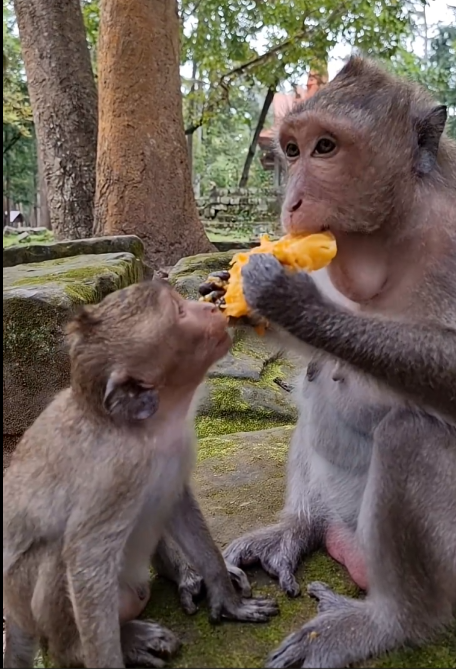
Momo, the smallest lamb, decided to take the lead in mischief. He grabbed a piece of carrot and, instead of eating it, ran past the ducklings, causing them to scatter in every direction. The piglets, seeing this, tried to follow, tripping over each other in the process. The ducks, now alarmed, ran toward the food in a frantic zig-zag pattern, while the goats attempted to jump over the chaos without falling. I couldn’t stop laughing. Feeding baby animals had turned into an unplanned comedy show, with each tiny creature playing its part perfectly.
After a while, things began to calm down. The animals had eaten their fill, though some were still sniffing around curiously, looking for more treats. I sat down on the ground, exhausted and laughing, watching the tiny beings explore the space around them. Some curled up in the sun for a nap, some wandered to play with each other, and some even came back to my lap for gentle pats and cuddles.
It was then that I realized feeding animals, especially cute baby animals, wasn’t just about providing food. It was about connection, observation, and understanding. Each squeak, hop, nibble, or nudge carried personality, intelligence, and emotion. They had their own little dramas, little triumphs, and little failures—all unfolding around me. And in those moments, I was not just a human feeding animals; I was part of their tiny, magical world.
As the sun climbed higher, casting a warm glow over the farm, I carefully gathered what was left in my basket. The baby animals had grown quiet, contented after their morning feast. I stood up slowly, careful not to disturb them, and watched as they began their morning adventures. Ducklings waddled along a small stream, goats pranced on the hill, piglets rolled in mud patches, rabbits hopped between the flowers, chicks explored the corners of the yard, and lambs bounced in the soft grass.
I smiled, realizing that mornings like this—simple yet full of life, laughter, and chaos—were the ones I would remember forever. Feeding baby animals had taught me joy, patience, and the beauty of tiny, living beings living fully in their own world. Each squeak, chirp, bleat, and hop was a reminder that happiness often comes in the smallest packages.
And as I walked back to the farmhouse, I knew that tomorrow morning, the cycle would begin again: a basket of food, a chorus of squeaks and chirps, and the pure, unfiltered joy of cute baby animals. Because nothing, absolutely nothing, compares to the heartwarming chaos of feeding a group of tiny, adorable creatures who see the world with wide-eyed wonder and endless energy.

